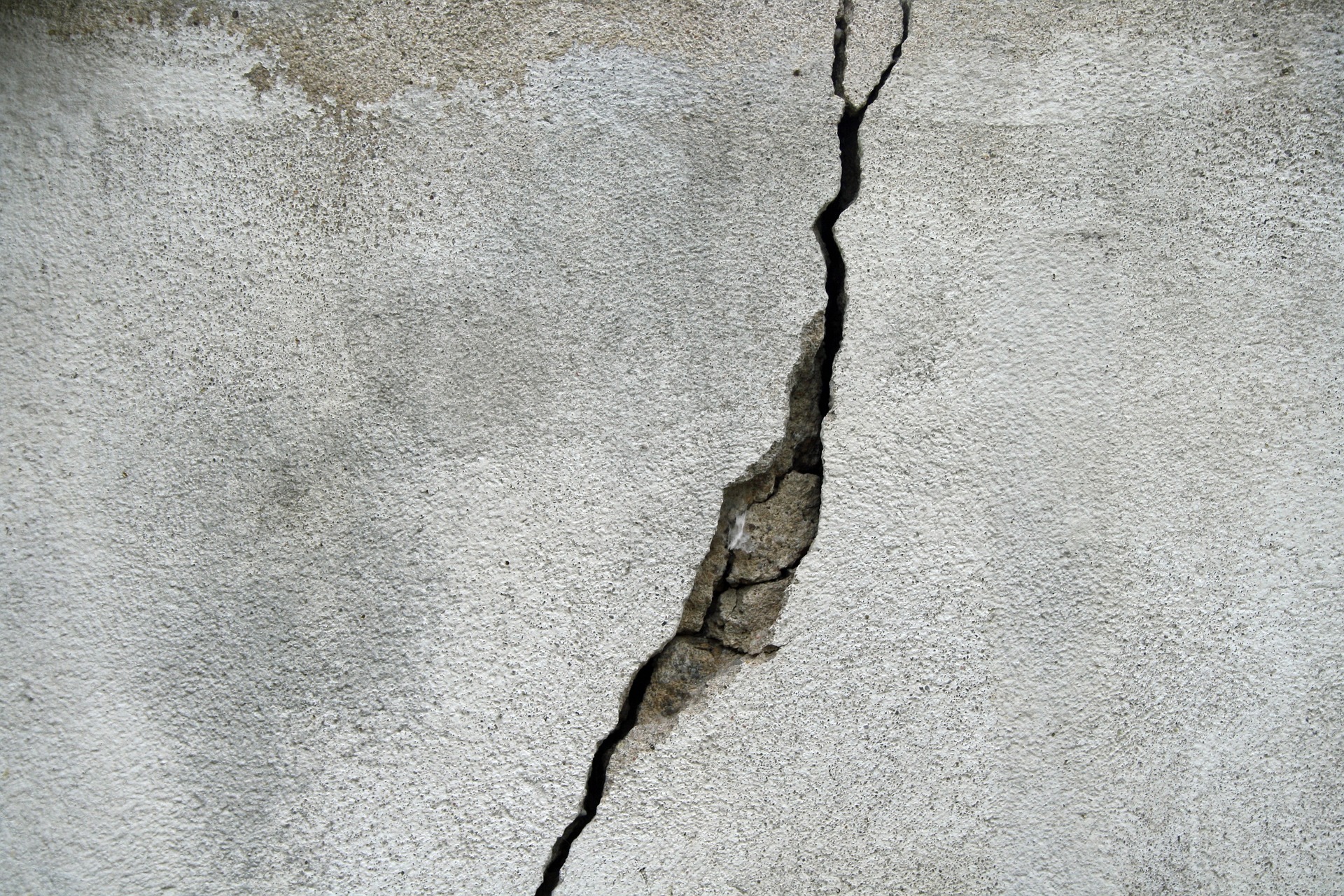Long-Term Solutions for Concrete Surface Restoration
Concrete surfaces endure constant stress from weather, traffic, and structural settling, leading to cracks, spalling, and deterioration over time. Understanding how to properly restore damaged concrete ensures structural integrity, prevents costly future repairs, and maintains property aesthetics. This comprehensive guide explores proven restoration techniques, repair methods, and strategic approaches to preserving concrete surfaces for decades to come.

Concrete deterioration is a natural process that affects driveways, patios, foundations, and commercial surfaces throughout the UK. While minor surface damage may seem purely cosmetic, ignoring these issues can lead to significant structural problems and decreased property value. Modern restoration techniques offer effective solutions for both superficial and deep-seated concrete damage, providing property owners with options that match their specific needs and budgets.
Why Timely Concrete Repair Protects Your Property Value
Addressing concrete damage promptly prevents minor issues from escalating into major structural concerns. Small cracks allow moisture penetration, which expands during freeze-thaw cycles, causing progressive deterioration. Water infiltration can also undermine foundations, erode supporting soil, and compromise structural stability. Properties with well-maintained concrete surfaces command higher market values and present better curb appeal to potential buyers. Regular maintenance and timely repairs demonstrate responsible property stewardship, reducing long-term ownership costs. Insurance assessments often factor in property condition, and neglected concrete damage may affect coverage or claims. Beyond financial considerations, properly maintained concrete surfaces enhance safety by eliminating trip hazards and unstable areas that could result in injuries.
Expert Methods for Filling Concrete Cracks Effectively
Professional concrete crack repair employs various techniques depending on crack width, depth, and location. Narrow cracks under 6mm typically respond well to epoxy or polyurethane injection, which bonds strongly to concrete and prevents further separation. Wider cracks may require routing and sealing, where professionals widen the crack into a uniform channel before filling with flexible sealant. For structural cracks, carbon fiber reinforcement strips or steel staples provide additional strength across the damaged area. Surface preparation is critical for lasting repairs—professionals thoroughly clean cracks, remove loose material, and ensure proper moisture levels before applying repair compounds. Timing matters significantly, as temperature and humidity affect curing rates and bond strength. Quality materials designed specifically for UK climate conditions ensure repairs withstand seasonal temperature variations and moisture exposure. Professional contractors often provide warranties on their work, offering peace of mind that repairs will perform as expected.
Addressing Spalling, Scaling, and Pitting in Concrete
Spalling occurs when concrete surfaces flake or chip away, exposing aggregate beneath. This deterioration typically results from moisture trapped beneath the surface, freeze-thaw damage, or corroding reinforcement bars. Scaling presents as thin layers peeling from the surface, often caused by de-icing salt exposure or improper finishing during installation. Pitting creates small holes or depressions across the surface, usually from air pockets or chemical reactions. Repairing these conditions requires removing all damaged material down to sound concrete, treating any exposed reinforcement for corrosion, and applying appropriate overlay systems. Polymer-modified repair mortars bond effectively to existing concrete while resisting future deterioration. For extensive damage, micro-topping or resurfacing products create uniform new surfaces over properly prepared substrates. Protective sealers applied after repairs help prevent moisture penetration and chemical damage, extending the lifespan of restored surfaces significantly.
Choosing Between Surface and Structural Concrete Repairs
Determining whether damage is cosmetic or structural requires professional assessment. Surface repairs address aesthetic concerns and minor deterioration without affecting load-bearing capacity. These include filling shallow cracks, patching spalled areas, and applying protective coatings. Structural repairs become necessary when damage compromises the concrete’s ability to support intended loads safely. Signs of structural issues include wide cracks, displacement, exposed reinforcement, or progressive movement. Structural repairs often involve engineering analysis, reinforcement installation, and substantial reconstruction work. Cost differences between surface and structural repairs can be significant, making early intervention financially advantageous. Professional evaluations typically include visual inspection, strength testing, and sometimes ground-penetrating radar to assess hidden damage. Understanding the scope of required repairs helps property owners budget appropriately and prioritize work based on urgency and safety considerations.
| Service Type | Typical Provider | Cost Estimation |
|---|---|---|
| Minor Crack Filling | Local Contractors | £150-£400 per project |
| Spalling Repair | Specialist Firms | £40-£80 per square metre |
| Structural Assessment | Engineering Consultants | £300-£800 per visit |
| Complete Resurfacing | Concrete Specialists | £50-£120 per square metre |
| Epoxy Injection | Technical Contractors | £200-£600 per crack |
Prices, rates, or cost estimates mentioned in this article are based on the latest available information but may change over time. Independent research is advised before making financial decisions.
Advanced Solutions for Comprehensive Concrete Restoration
Modern restoration technology offers sophisticated solutions beyond traditional patching methods. Self-leveling overlays create smooth, uniform surfaces over damaged concrete, ideal for interior floors and commercial spaces. Decorative options like stamped overlays or stained finishes transform restored surfaces into attractive features rather than repaired eyesores. Crystalline waterproofing technologies penetrate deeply into concrete, forming permanent barriers against moisture intrusion. For severely damaged structures, shotcrete application rebuilds substantial sections while maintaining structural integrity. Carbon fiber reinforcement systems strengthen concrete without adding significant weight or thickness, particularly valuable for load-bearing elements. Corrosion inhibitors protect embedded reinforcement from future deterioration, addressing root causes rather than symptoms. Advanced diagnostic tools including thermal imaging and ultrasonic testing identify hidden damage before it becomes visible, enabling proactive maintenance strategies. These comprehensive approaches extend concrete lifespan dramatically, often proving more economical than repeated surface repairs.
Proper concrete restoration requires matching repair methods to specific damage types, environmental conditions, and performance requirements. Professional contractors bring expertise in material selection, application techniques, and long-term maintenance planning. While DIY approaches may suit very minor cosmetic repairs, structural issues and extensive damage demand professional intervention to ensure safety and durability. Investing in quality restoration work protects property values, enhances aesthetics, and provides decades of reliable service from concrete surfaces throughout residential and commercial properties.




